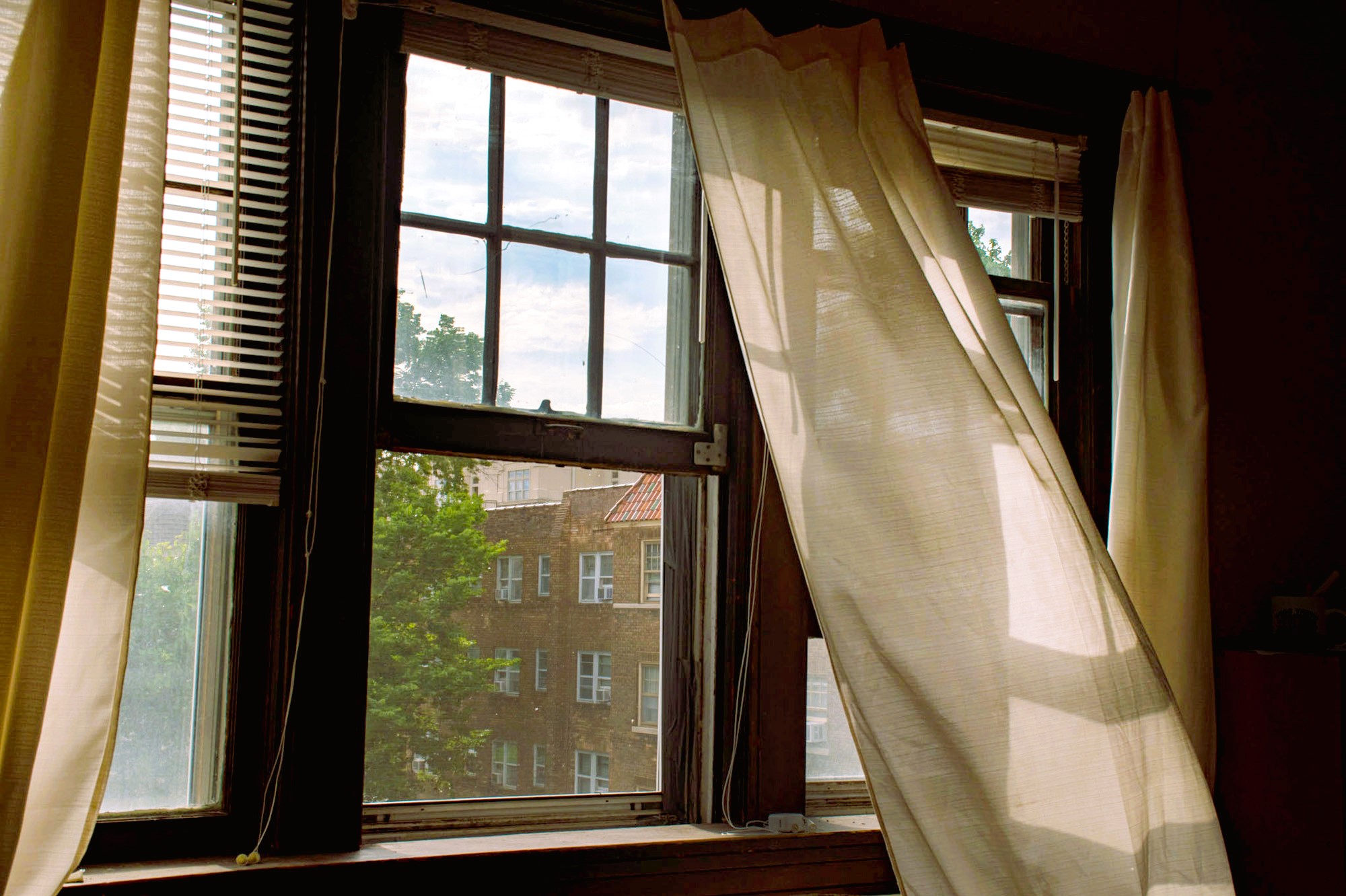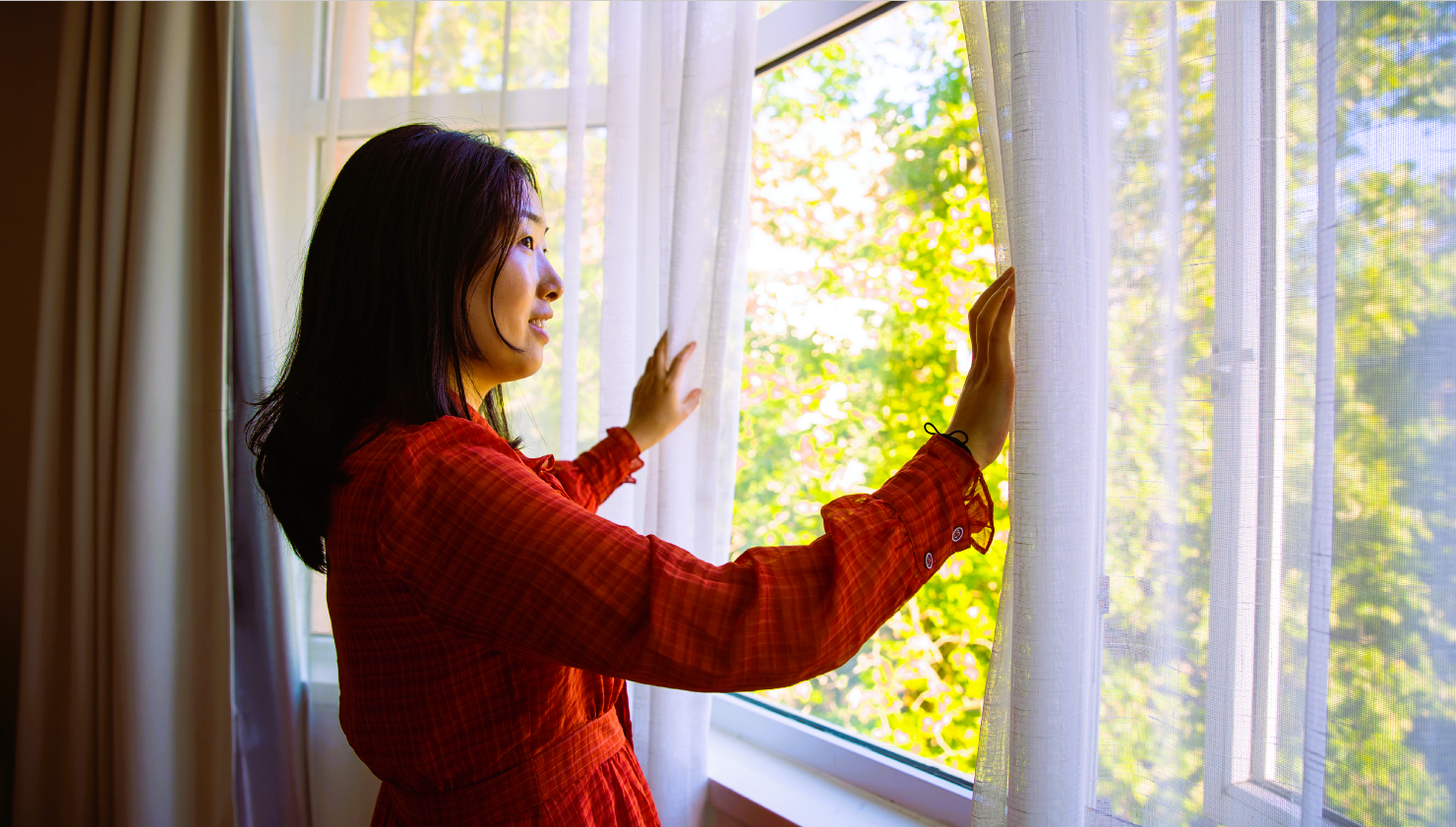In the pursuit of a healthier home environment, the significance of proper ventilation cannot be overstated. Efficient ventilation not only ensures the circulation of fresh air but also plays a pivotal role in preventing issues such as window mold. This article delves into the crucial relationship between ventilation and window mold, exploring strategies to enhance airflow and create a healthier living space.
The Importance of Ventilation
Ventilation is the process of exchanging indoor air with fresh outdoor air, promoting better air quality and minimizing indoor pollutants. Insufficient ventilation can lead to a buildup of moisture, pollutants, and allergens, creating an environment conducive to the growth of mold. Mold, in turn, can have detrimental effects on respiratory health and overall well-being.
Proper ventilation is particularly essential in spaces where moisture tends to accumulate, such as kitchens, bathrooms, and basements. Additionally, ensuring good airflow throughout the entire home is vital for preventing the formation of mold on windows and other susceptible surfaces.
Understanding Window Mold

Window mold is a common issue in homes, especially in regions with varying climates. Condensation on windows provides an ideal breeding ground for mold, as the combination of moisture and lack of airflow creates a hospitable environment for mold spores to thrive.
Mold growth on windows not only compromises the aesthetics of a home but also poses health risks. Mold spores can become airborne and be inhaled, leading to respiratory problems, allergies, and other health issues. Addressing window mold requires a holistic approach that includes both moisture control and improved ventilation.
Enhancing Ventilation for Mold Prevention
- Natural Ventilation: One of the simplest ways to enhance ventilation is by harnessing natural airflow. Opening windows and doors strategically allows fresh air to enter and circulate throughout the home. Cross-ventilation, where air moves from one side of the house to the other, is particularly effective in reducing indoor humidity and preventing mold growth.
- Mechanical Ventilation Systems: Installing mechanical ventilation systems, such as exhaust fans and air exchangers, can significantly improve airflow. Exhaust fans are particularly beneficial in high-moisture areas like bathrooms and kitchens, where they can quickly remove humid air. Air exchangers exchange stale indoor air with fresh outdoor air, maintaining optimal humidity levels.
- Properly Insulating Windows: Inadequate insulation around windows can contribute to condensation and mold growth. Properly insulating windows helps prevent temperature differentials that lead to condensation. Double-pane windows with insulating gas fill are effective in reducing condensation and maintaining a consistent indoor temperature.
- Use of Ventilation Aids: Utilizing tools such as window vents, which allow controlled airflow, can be an effective way to prevent mold. These aids promote ventilation while preventing excessive drafts, striking a balance between fresh air circulation and temperature control. We’ve prepared a consumer guide for you on how to choose the right mold remediation professional.
- Regular Maintenance: Regularly inspecting and maintaining ventilation systems, such as cleaning air ducts and replacing filters, ensures their optimal functioning. Additionally, checking for and addressing any leaks in windows or roofs promptly can prevent water infiltration and subsequent mold growth.

The Role of Standards in Ventilation
Adhering to established standards is integral to ensuring effective ventilation and preventing window mold. Organizations such as the International Organization for Standardization (ISO) provide guidelines for ventilation system design, installation, and maintenance. Following these standards helps homeowners, builders, and HVAC professionals implement best practices for optimal indoor air quality.
For comprehensive information on ventilation standards, refer to reliable sources such as the official websites of standardization bodies, including Wikipedia for general knowledge.
In conclusion, achieving a healthier home environment involves a proactive approach to ventilation to prevent the onset of window mold. The implementation of natural and mechanical ventilation strategies, proper insulation, and regular maintenance are crucial steps in maintaining optimal indoor air quality. By following established standards and guidelines, homeowners can create living spaces that prioritize well-being and minimize the risks associated with mold growth.


